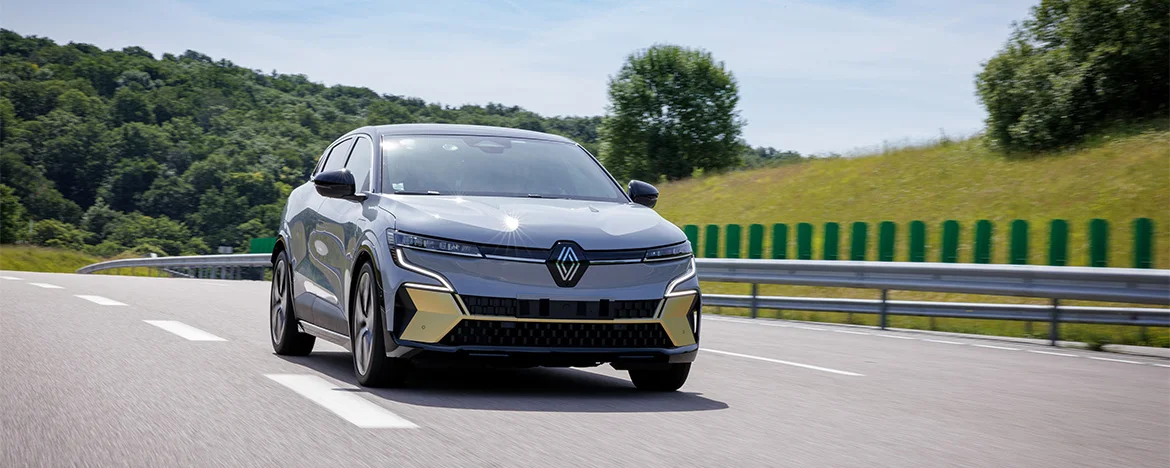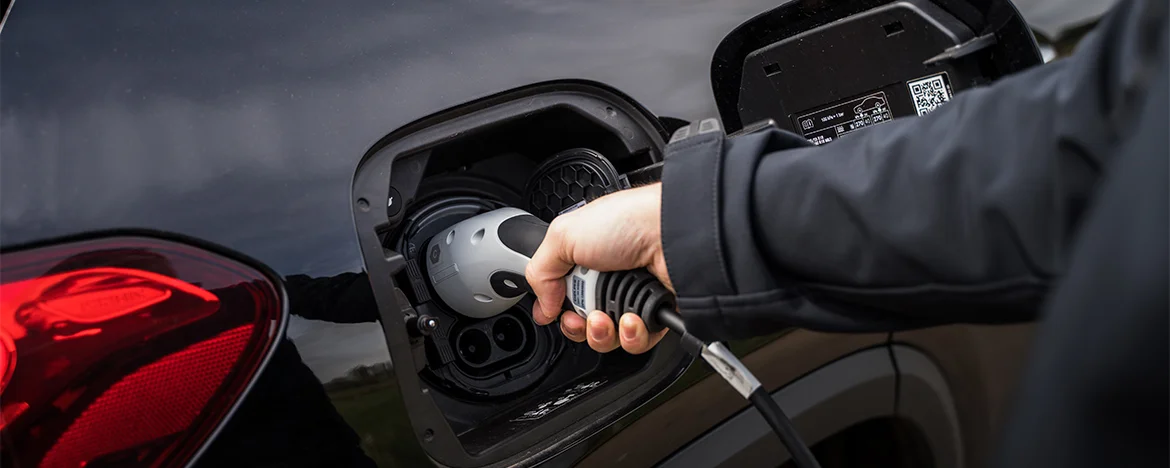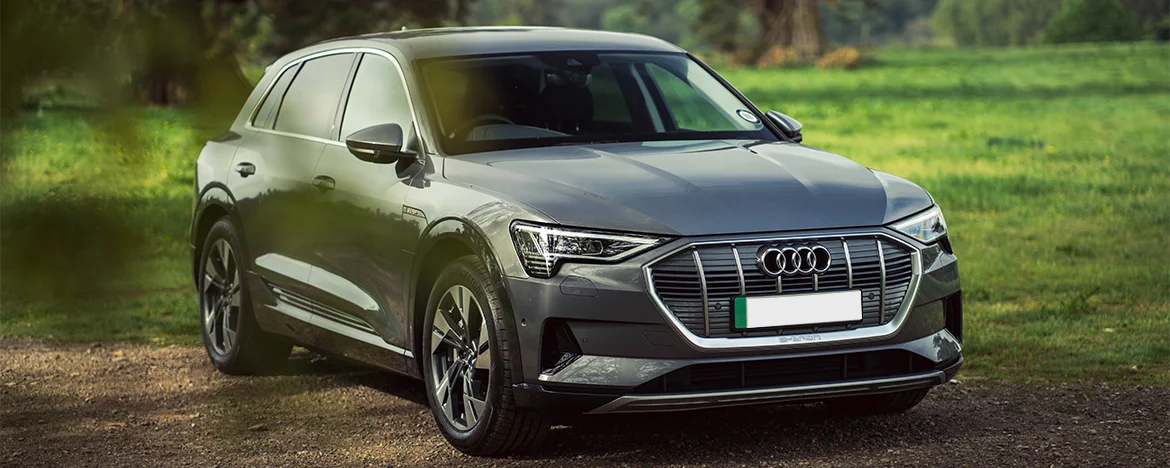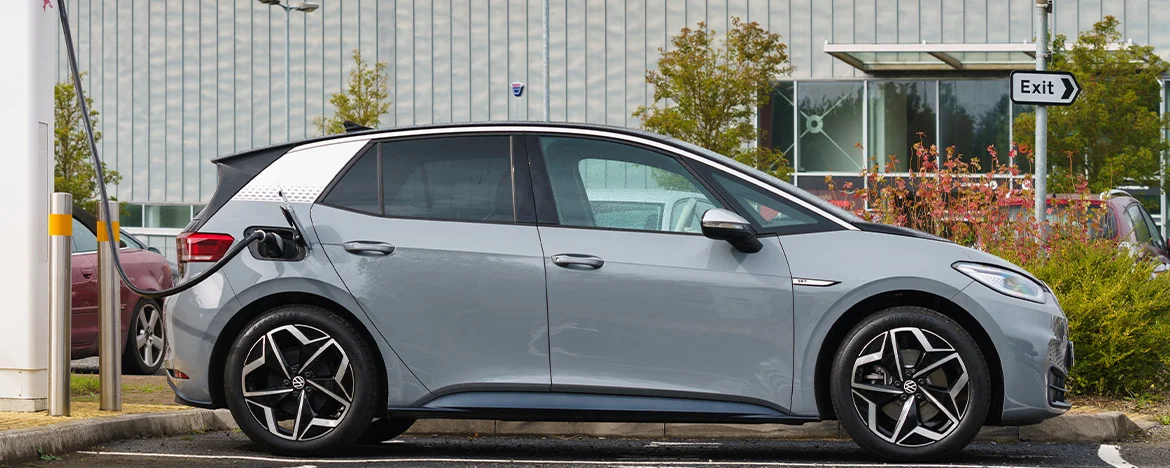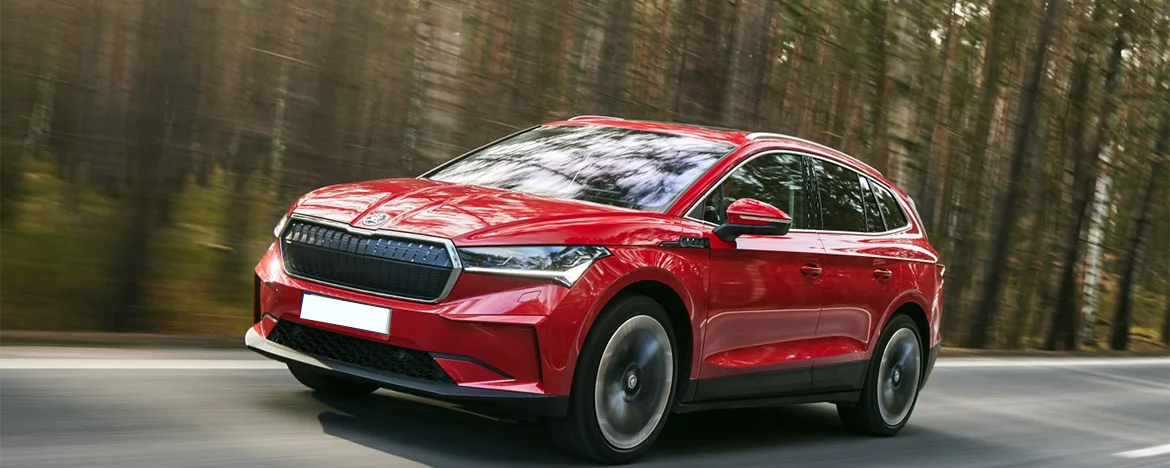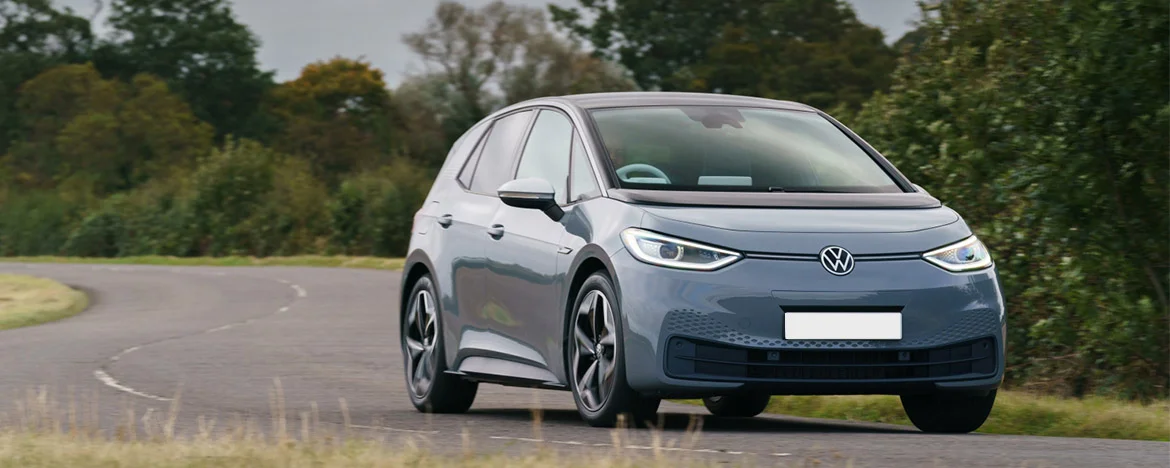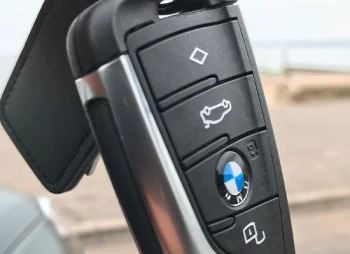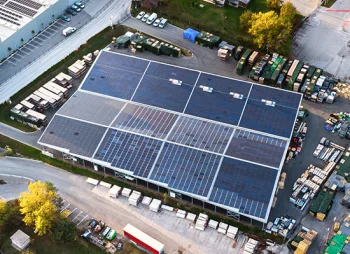The benefits of electric vehicles
Though switching your fleet to electric does come with its own challenges, there are plenty of benefits that offset the initial investment and ongoing admin.
These benefits include:
- Lower operational and maintenance costs
- Environmental and sustainability benefits
- Vehicle safety
Reducing your fleet's dependency on fossil fuels like petrol and diesel can save you money. Though an EV can be a larger initial expense than its combustion engine counterpart, you could save money on its whole life costs.
Not only are electric cars cheaper to charge than to fill up with fuel, but overall running costs tend to be lower too. There are fewer moving parts in electric vehicles, which means less maintenance, and less money spent overall.
Electric vehicles also tend to end up safer than petrol or diesel cars.
This is particularly true of your grey fleet drivers, who might be in cars that are over five years old and not equipped with the latest safety tech. Switching them into an electric salary sacrifice car can help to keep them safer on the roads, because of the stringent safety testing EVs go through, and the abundance of safety tech available in modern cars.
And of course, the environmental benefits tend to be the biggest driver for companies making the change.
Because electric cars don’t release any tailpipe emissions, switching your fleet drivers to EVs can help your business hit its sustainability goals and reduce its carbon footprint. And if your business is based in a city with Ultra Low Emission Zones, or your drivers are often in these areas in other cities, you’ll save money on the congestion charge.

